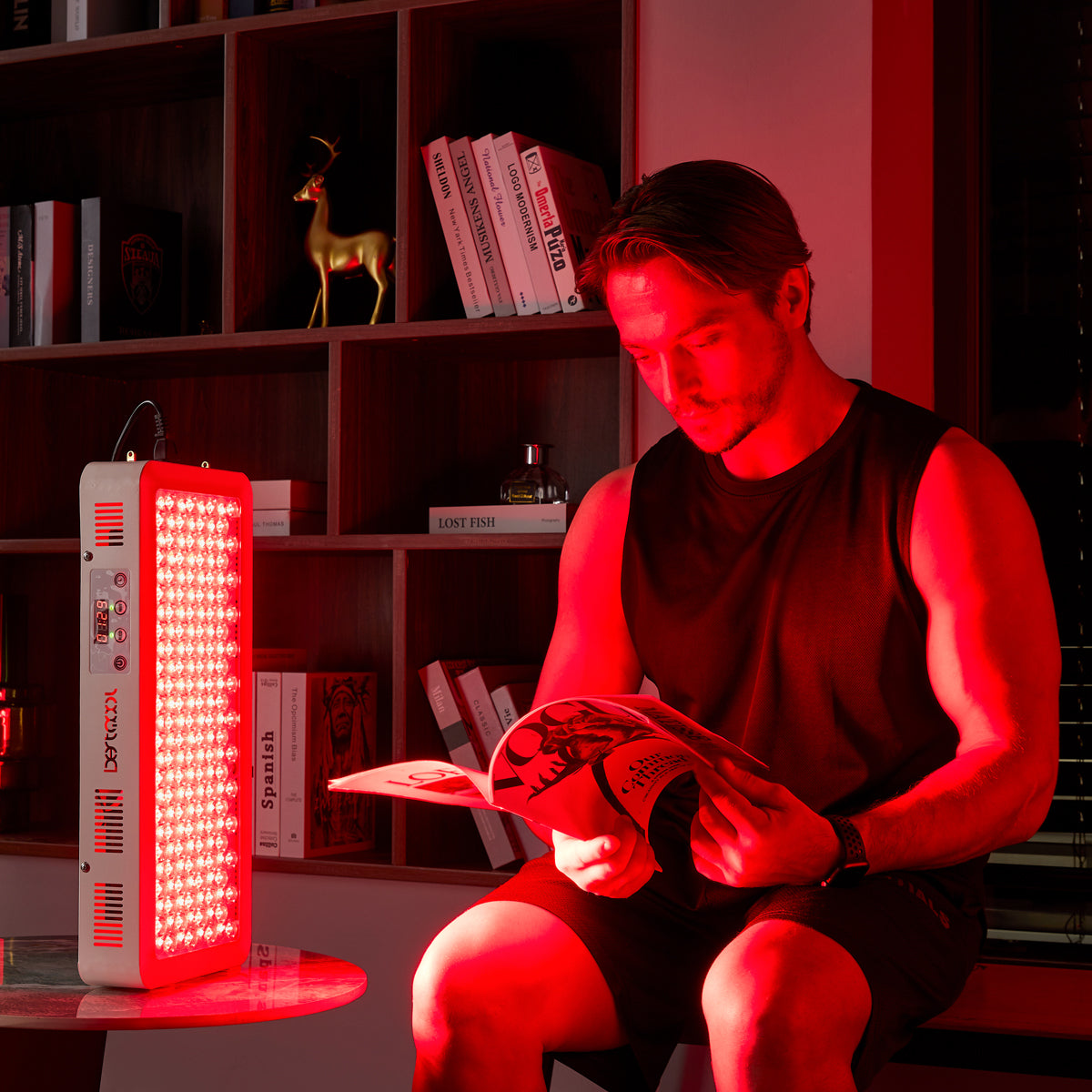Understanding the Basics of Light Intensity Controls: How They Work and Why They Matter
Body
In the realm of medical equipment, understanding light intensity controls is crucial. These controls play a significant role in various applications, from therapeutic devices to diagnostic tools. But what exactly are light intensity controls, and why do they matter?

What Are Light Intensity Controls?
Light intensity controls refer to the mechanisms that regulate the brightness of light emitted by a device. These controls can be found in a variety of medical equipment, including LED therapy devices, surgical lights, and diagnostic imaging systems. By adjusting the light intensity, healthcare professionals can enhance visibility, improve patient comfort, and optimize treatment outcomes.
How Do Light Intensity Controls Work?
The functionality of light intensity controls can vary depending on the technology used. Here are some common methods:
- Dimming Switches: These allow users to manually adjust the brightness level.
- Pulse Width Modulation (PWM): This technique rapidly turns the light source on and off to create the perception of varying brightness.
- Automatic Sensors: Some devices utilize sensors to adjust light intensity based on ambient light conditions.
Each method has its advantages and applications, making it essential for manufacturers to choose the right technology for their specific devices.
The Importance of Light Intensity Controls in Medical Applications
Why are light intensity controls so vital in medical settings? The answer lies in their impact on patient care and treatment efficacy. For instance, in red light therapy, the correct light intensity can significantly enhance therapeutic effects. Insufficient light may lead to ineffective treatment, while excessive brightness can cause discomfort or harm.
Moreover, in surgical environments, appropriate light intensity is crucial for ensuring that surgeons can see clearly without straining their eyes. This balance not only improves precision but also enhances overall surgical outcomes.
Choosing the Right Light Intensity Control System
When selecting a light intensity control system, consider the following factors:
- Application Requirements: Different medical applications may require varying levels of brightness.
- Ease of Use: Controls should be intuitive for healthcare professionals to operate.
- Safety Features: Ensure that the system includes safeguards against excessive brightness.
By carefully evaluating these factors, healthcare facilities can ensure they are equipped with the best possible light intensity controls.
Conclusion
In summary, understanding light intensity controls is essential for anyone involved in the medical field. These controls not only enhance the functionality of medical devices but also play a critical role in patient safety and treatment effectiveness. For those interested in exploring advanced options, consider visiting for innovative solutions.










Comments